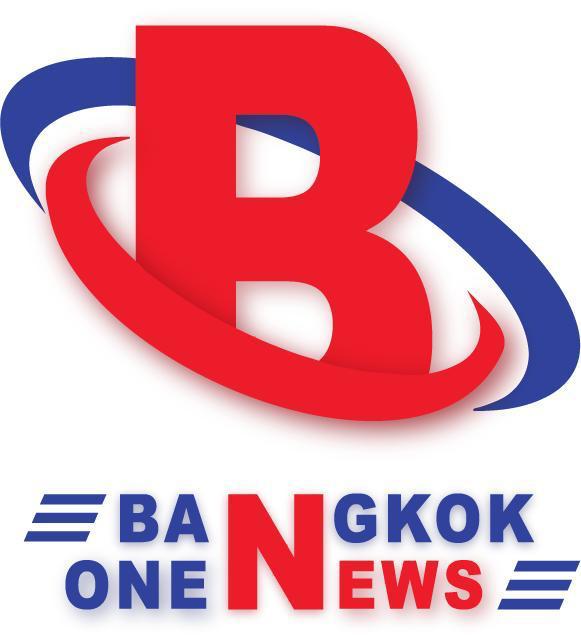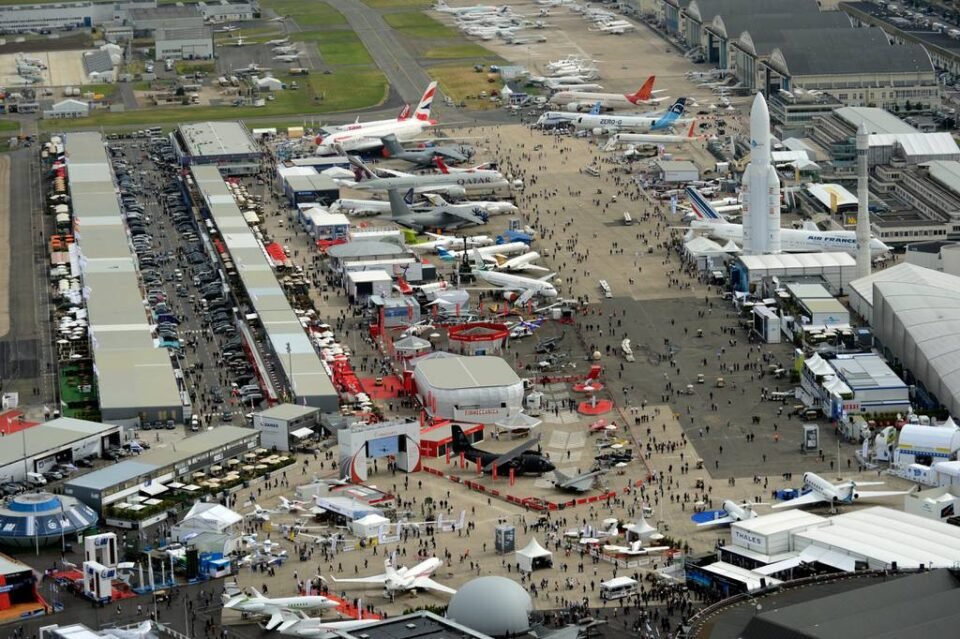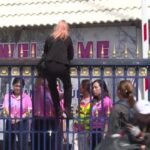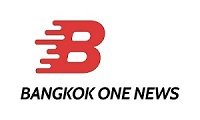Boeing will bring two new models of already-existing aircraft families, and both businesses are eager to showcase electric-hybrid aircraft technologies. With a focus on capacity and fuel efficiency, Boeing is presenting its 777-9 and 737 MAX 10 at the Paris Airshow.
Self-flying air taxi with a 15-minute charge time and planned type certification by the end of the decade is being presented by Wisk Aero, an eVTOL manufacturer owned by Boeing.
The Ecopulse hydrogen-electric hybrid will be on exhibit for the first time, while Airbus will bring the A321XLR on its first public trip.
Airbus and Boeing, two of the biggest aircraft manufacturers, are among the most eagerly anticipated exhibitors as industry insiders arrive in Paris this week for the international airshow. Every year at the event, both manufacturers receive substantial orders, and there are reports that a 500-aircraft order may be forthcoming.
Last year, Boeing left the Farnborough trade show with 192 new firm orders. The Farnborough is held on even years. Only 37 new aircraft were ordered by Airbus, though.
Boeing places large bets
This week at Le Bourget, the US manufacturer will unveil the first public displays of its Boeing 737 MAX 10 and 777-9 aircraft. The 787 Dreamliner’s cutting-edge technology are also incorporated into the 777-9, the largest and most effective twin-engine jet in the world. It is based on the current 777 family of aircraft. Widebody is now on target for a 2025 entrance into service and is expected to use 10% less fuel, emit 10% fewer emissions, and have 10% lower operating costs than the competition.
Boeing’s 737-10 will be available for narrowbody applications. The 737 MAX family, which has more over 3,500 net orders overall, is led by this aircraft, which is the longest member. With the best per-seat economics of any single-aisle aircraft now on the market, Boeing claims the aircraft will give operators more capacity, better fuel economy, and better economics per seat. President of Boeing Global Dr. Brendan Nelson expressed his enthusiasm at the occasion as follows:
“As our industry returns to Le Bourget, we look forward to joining our customers, suppliers, and partners at a time when commercial air travel demand is surging and defense platforms are more crucial to global security. We will keep working together globally to support aviation’s aim to net zero emissions by 2050 as sustainable growth takes center stage over the course of the next 100 years. A static display from Boeing will also be present. An interactive exhibition of the 777X passenger cabin will be shown in a separate section, showcasing how the bigger cabin, flexible and expansive architecture, and modernized design of the aircraft all contribute to an unmatched experience. The 777X family, which consists of the 777-8 and 777-9 passenger aircraft as well as the new 777-8 Freighter, has received more than 350 net orders since the project’s debut by Boeing.
Furthermore, Riyadh Air, the newest airline in Saudi Arabia, will display a Boeing 787-9 in its brand-new indigo livery, which was created using as inspiration the hues of the evening sky and the emblem, which is reminiscent of a window seat in an airplane. Over the course of the week, the aircraft will be on static display.
It is also anticipated that Wisk Aero, a company that produces electric vertical take-off and landing (eVTOL) aircraft, would make headlines. With a range of 90 miles, a cruising speed between 110 and 120 knots, and the ability to carry four people and their luggage, WISK Explore Generation 6 will be the company’s self-flying air taxi. Charging takes just 15 minutes. By the end of the decade, type certification is anticipated along with a cruising altitude of between 2,500 and 4,000 feet.
Flying with Airbus.
The Airbus A321XLR (eXtra long range) was introduced in public at the most recent Paris Air Show. The long-range narrowbody was well-received and managed to attract hundreds of orders. The French manufacturer is bringing its aircraft back into action this year and returning to home territory for the first time in four years.
It has been made known ahead of the show that Airbus signed orders this month for 60 aircraft from the A320 family with a lessor and 10 aircraft from the A350 family with a large airline, the buyer of which will be named later. IndiGo is also rumored to be in final negotiations with Airbus for an order of up to 500 A320 aircraft, which, if signed, would be the largest aircraft order in history based on the quantity of aircraft. Chief Commercial Officer of the aircraft manufacturer Christian Scherer is prepared for a busy week:
A wide range of Airbus aircraft, including both military and commercial versions, will be on display during the airshow. The demonstration model for its popular narrowbody A220, which is supplied by Air France, will be on exhibit. In an end to their two-year rivalry, Qatar Airways will attend the exhibition with both its Airbus A350-1000 and A319 aircraft. A350-900 and four of the carrier’s own aircraft, including the A330MRTT, A321LR, and A321XLR for military use, will be traveling with the passengers.
What is coming up?
A220-500, the smallest member of the Airbus family, may have an expanded version, according to repeated speculations. The plane would square up against the Boeing 737 MAX 8 while also marginally overlapping with the A320 family of the same manufacturer. A new aircraft announcement has been officially denied by Airbus, which asserts that increasing production rates for the current A220-100 and A220-300 models is currently its top priority.
Ecopulse, a hybrid hydrogen-electric vehicle, is also on show for the first time. Adapted from a Daher-Socata TBM 900 turboprop, the EcoPulse is a lightweight, efficient aircraft. The display model’s regular engine and propeller systems are kept, but six wing-mounted propellers have been added. Battery-operated batteries or a 100-kW auxiliary power unit power a 45-kW Safran ENGINeUS electric engine. Airbus projects that “sometime later this year,” the demonstrator will take off with the electric system fully operational.
A busy week is anticipated by all present aircraft makers. According to a recent Boeing forecast, the aviation sector would require more than 40,000 new aircraft, with a face value of $8 trillion, by the year 2042. In a recent interview with Reuters, Airbus CEO Guillaume Faury said that although supply chains have steadied, there were still critical manpower shortages across the board.





